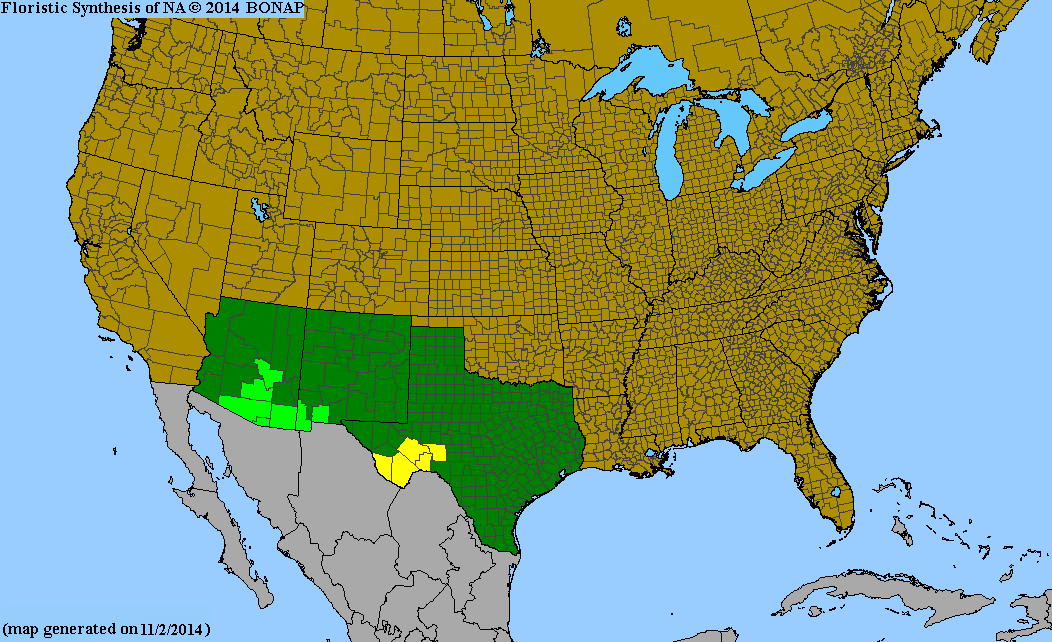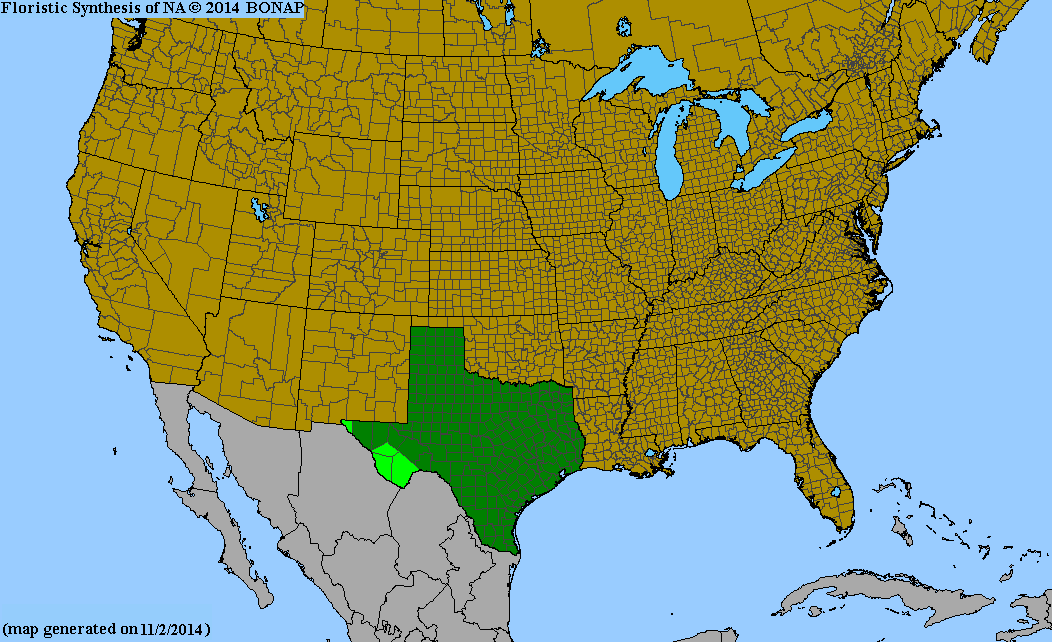Click on the images below to see larger versions.
| Scientific Name | Penstemon dasyphyllus | USDA PLANTS Symbol | PEDA |
| Common Name | Cochise Beardtongue, Purple Penstemon | ITIS Taxonomic Serial No. | 33870 |
| Family | Plantaginaceae (Plantain) | SEINet Reference |
Click Here |
| Description | Habitat: Gravelly soils in dry, open areas; desert grasslands, hillsides; 3500 to 5000 ft; somewhat rare. Plant: Erect perennial 12 to 16 inches tall with pubescent-hairy stems and leaves. Leaves: Light green, opposite, narrowly-linear to lanceolate and folded blades, 2-3/4 inches long. Inflorescence: Glandular-hairy terminal racemes of typical beardtongue-shaped blossoms; blue with tinges of purple, tubular corolla about 1 inch long, flaring open into two-lobed upper lip and three-lobed lower lip; throat light-colored; white, hairless staminode (infertile stamen); longer stamens with curved white filaments and hairy, pinkish anthers; cream-colored buds toward the tops of stems. Bloom period: February to May. References: "Wildflowers of Texas" by Michael Eason, www.americansouthwest.net and SEINet. |
BONAP Distribution Map |
Texas Status: Native |
| Scientific Name | Penstemon havardii | USDA PLANTS Symbol | PEHA2 |
| Common Name | Big Bend Beardtongue, Havard Penstemon | ITIS Taxonomic Serial No. | 504215 |
| Family | Plantaginaceae (Plantain) | SEINet Reference |
Click Here |
| Description |
Habitat: Dry, gravelly drainages and canyon walls in higher elevations such as Chisos Basin in BBNP; endemic to Big Bend area and adjacent areas of Mexico. Plant: Erect, perennial to 3 to 4 feet tall, multiple, unbranched, grayish stems. Leaves: Thick and fleshy, spatulate, grayish lower leaves; light green ovate to lanceolate stem leaves, 1-1/2 to 3 inches long, sessile; up to 3 inches long and 1-1/2 inches wide. Inflorescence: Terminal racemes of tubular, two-lipped, bright red flowers, each about an inch long; upper lip 2-lobed extending beyond the lower, 3-lobed lip. Bloom Period: Summer and fall. References: "Little Big Bend" by Roy Morey and "Wildflowers of Texas" by Michael Eason. |
BONAP Distribution Map |
Texas Status: Native |









